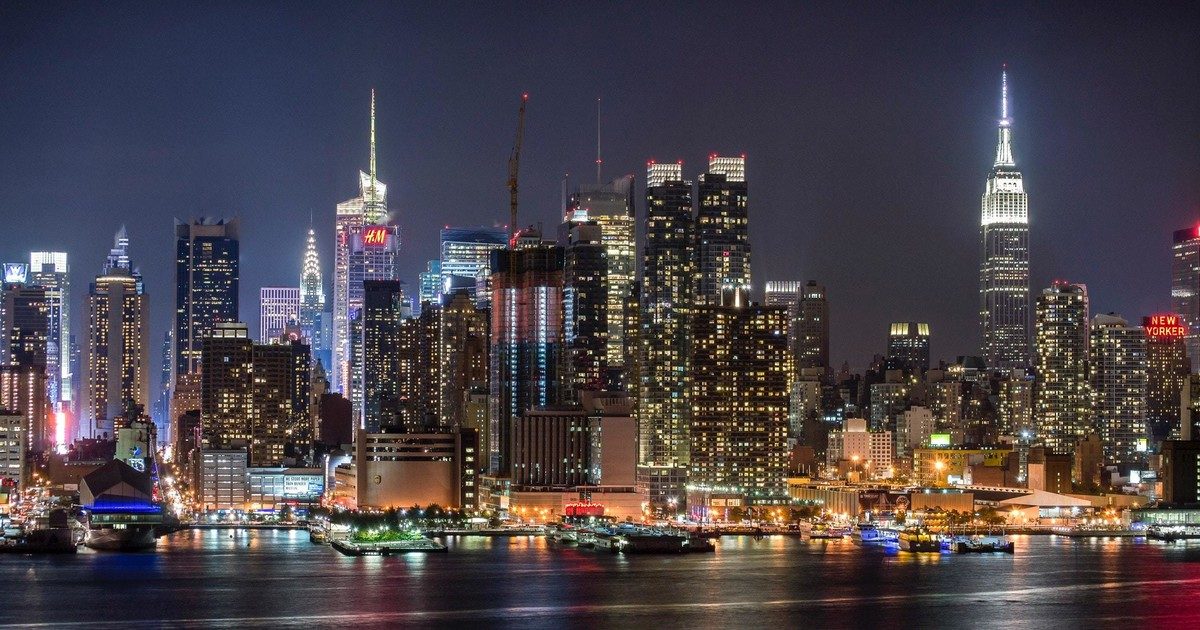My question focused on the heterogeneity of the LGBTQ community and the significance of ephemeral place-making for the community. Ghaziani asserts that one cannot fully understand urban sexualities without shifting the conversation away from “spatial singularity” and the assumption that “queer life is curiously located in one part of the city.” The common narrative expresses a concentration of queer life within the specific, established gayborhood within a city, but this assumption generalizes the queer population as well as homogenizes their experiences. The emphasis on gayborhoods in cities correlates with the use of queer culture for entertainment and business. As discussed during last Monday’s class and Orne’s texts, gayborhoods are becoming more like “Gay Disneylands” as cities emphasize “going-out” and entertainment through queer culture. Gayborhoods have become less of places of residence. In fact, although the capitalization of queer culture has increased, less and less of the residents in the gayborhoods are queer. The use of gayborhoods as attractions and places to “safari” therefore takes away from the identity and safety they once provided for queer people.
One major generalization is that these gayborhoods and the institutions within them (ex. gay bars) are inclusive of all queer people. However, queer subgroups such as queer women and queer people of color do not necessarily integrate into these spaces. For example, in class we learned that gay bars were racially segregated in the past. Likewise, the assumption that these places are becoming less significant now because of greater acceptance of the LGBTQ community also arises when generalizing the experiences of gay, white males. According to Ghaziani, a solution to this assumption is to conceptualize sexuality in cities with cultural archipelagos that represent different subgroups of the LGBTQ community with their own distinct spaces. Cultural archipelagos explain the rise of ephemeral queer pop-ups because pop-ups give these subgroups the opportunity to create their own, culturally significant places.
In my question, I wondered how queer pop-ups could avoid becoming sources of entertainment like other queer spaces have become in the past. Gay bars and gayborhoods are not necessarily the only victims of this phenomenon. For example, although events such as pride parades symbolize the strength and solidarity of the LGBTQ community and its allies, one can make the argument that certain participants characterize them as “go-to events” rather than queer place-making. This perspective enables the exploitation of such culturally significant events. Because queer pop-ups are specific to certain subgroups, it is possible that they are inclusive in practice but exclude those with the potential of exploiting them for the purpose of entertainment. However, even queer pop-ups have limitations. For example, those who are able to successfully organize a pop-up are those with social and economic capital. Therefore, is it possible for there to be a fully inclusive space for queer people? Despite the limitations, queer pop-ups provide spaces specific to marginalized queer subgroups, catalyzing unique queer place-making.
I also pondered how the ephemerality of queer pop-ups differs from the ephemerality of festivals. The ephemerality of festivals form a divide between these events and the culture and people of the cities, but I would argue that the ephemerality of queer pop-ups contributes to their identities as spaces for queer people. The pop-ups are unique in their spaces as well as their times and represent the fact that queer people can make inclusive places for themselves without having an established space. Manveer also made an interesting point in class that queer pop-ups are designed to be more frequent then events like festivals. Because pop-ups are events that queer people can look forward to periodically, they produce a happy medium between long-standing gay bars and annual festivals.
